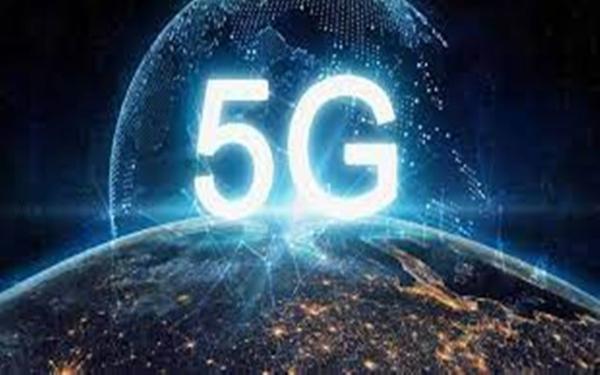KUALA LUMPUR, June 25 — Consumers and businesses are expected to enjoy the full benefits of 5G with more choices in the market as telecommunication providers compete to offer their services amid the establishment of a dual 5G network in Malaysia.
Economist Geoffrey Williams said the move will create a competitive market in the telecommunications sector after the government commenced the process of selecting a mobile network operator (MNO) to develop the second 5G network.
“Having two networks provides some level of competition and avoids a monopoly. It gives 5G users more choices and creates competition on price and quality. The initiative will allow 5G providers to offer the solutions they consider most commercially viable and sustainable,” he told Bernama.
GlobalData principal analyst Alfie Amir said small and medium enterprises (SMEs) could also benefit from the dual network as it drives innovation and the development of business applications.
“For example, features such as multi-access edge computing (MEC) and network slicing can enable new industrial enterprises such as autonomous vehicles, robots, dense internet-of-thing applications, and smart factories for high risk workers,” he added.
On June 21, the Ministry of Communications instructed the Malaysian Communications and Multimedia Commission (MCMC) to begin the process of determining and appointing an MNO to develop the second 5G network.
Communications Minister Fahmi Fadzil said the ministry is committed to implementing a dual 5G network model to end the monopolistic element of 5G services, hence, ensuring affordable 5G plans and service quality for the people.
The steps toward the transition to a dual 5G network were made after Digital Nasional Bhd (DNB) confirmed that all the conditions precedent under the share subscription agreements (SSA) had been successfully met with four MNOs in Malaysia.
The MNOs are CelcomDigi Bhd through Infranation Sdn Bhd, Maxis Broadband Sdn Bhd, U Mobile Sdn Bhd, and YTL Communications Sdn Bhd through YTL Power International Bhd.
Williams expects the existing consortia will be the main contenders for the second 5G network rollout and that new entrants may emerge after the process of selecting the MNO is done transparently based on the powers and provisions stipulated under the Communications and Multimedia Act 1998.
Echoing that, Alfie reckons the second network could attract new players such as system integrators and information technology providers in the industry. “This will drive the competition through a wider range of services, innovations, and industry collaborations,” he said.
As of April 30, the 5G network has reached 81.5 per cent of coverage of populated areas (COPA) while the acceptance or adoption rate for the 5G network has reached 39.2 per cent.
The adoption of 5G for the individual category has reached 12.78 million users while for enterprise, there are 422,609 accounts as of end-April.
— Bernama




